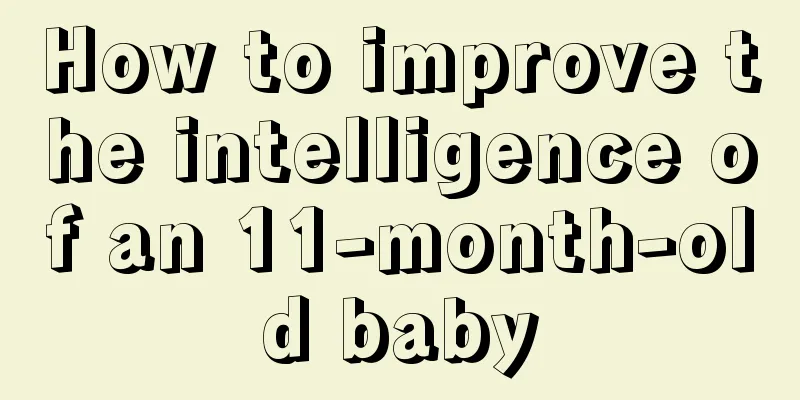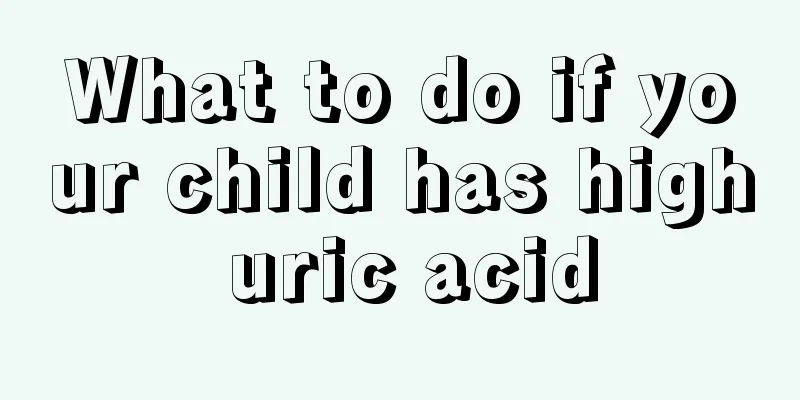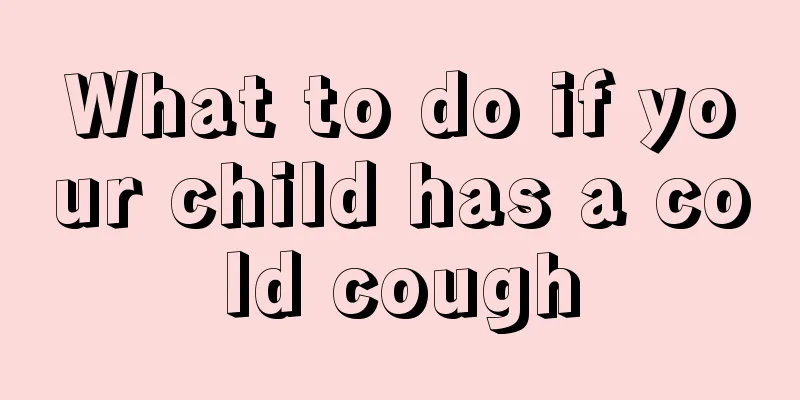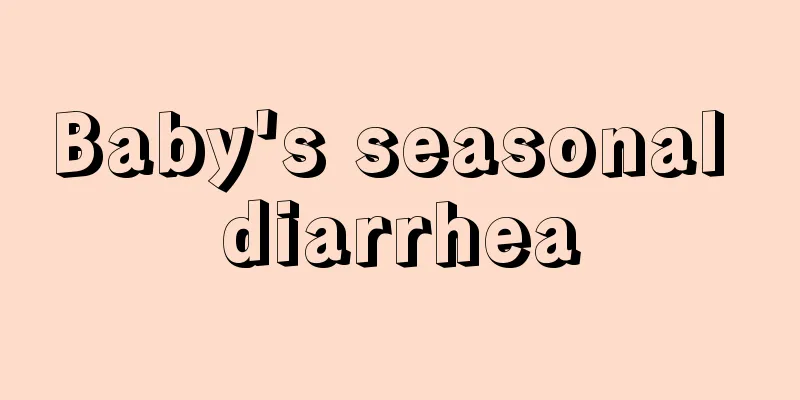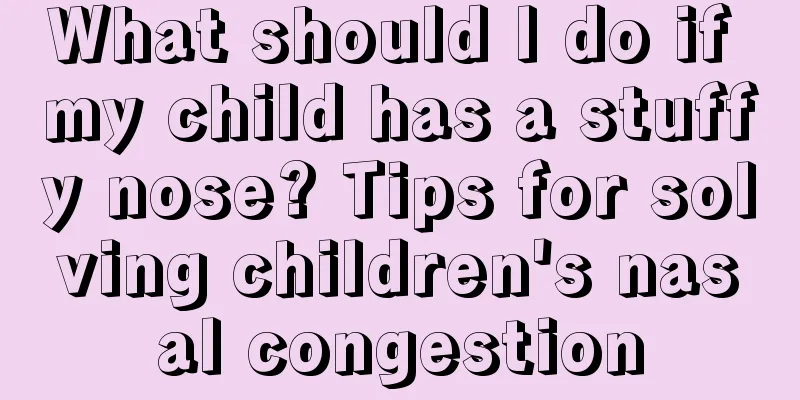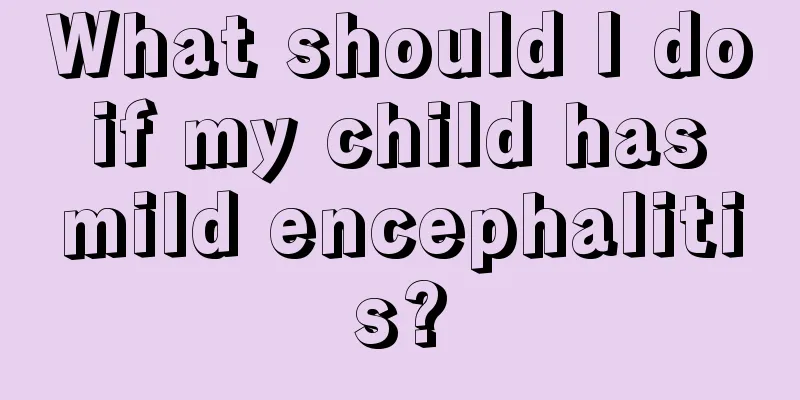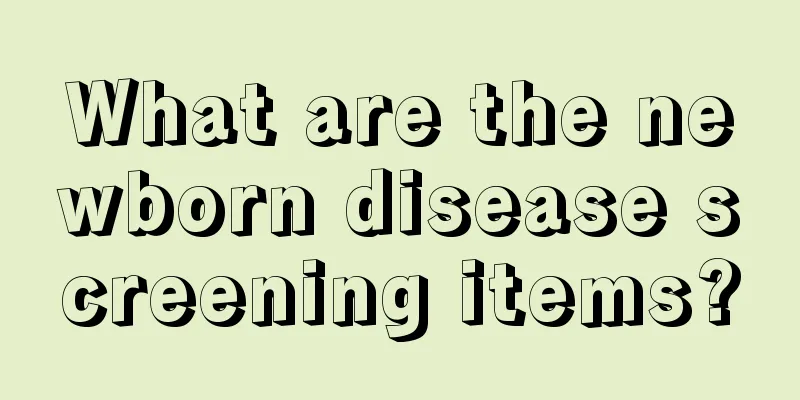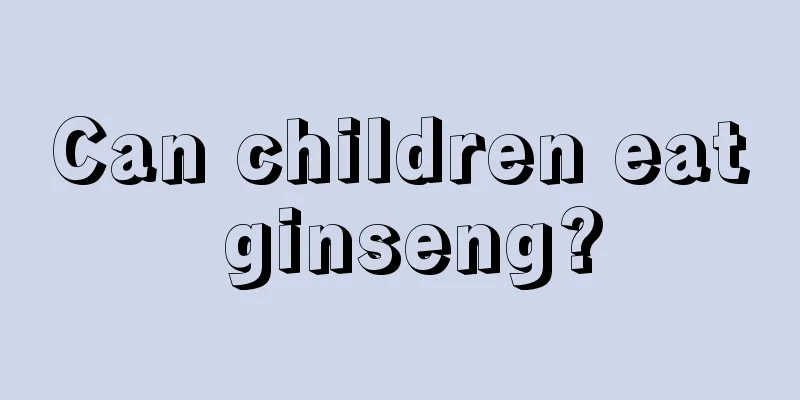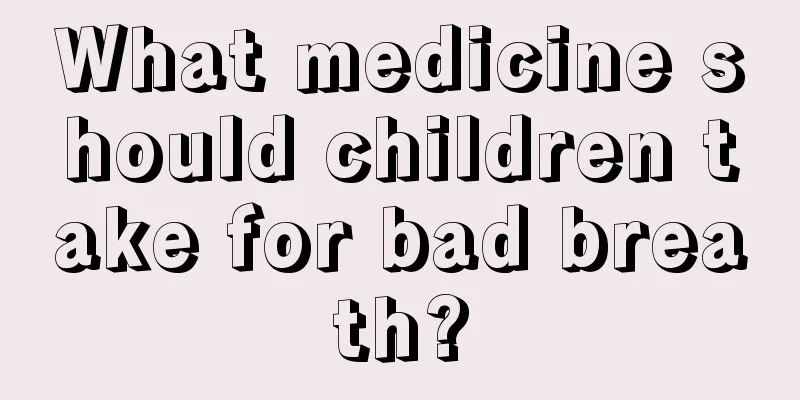What should I do if my child has a fever and feels cold?
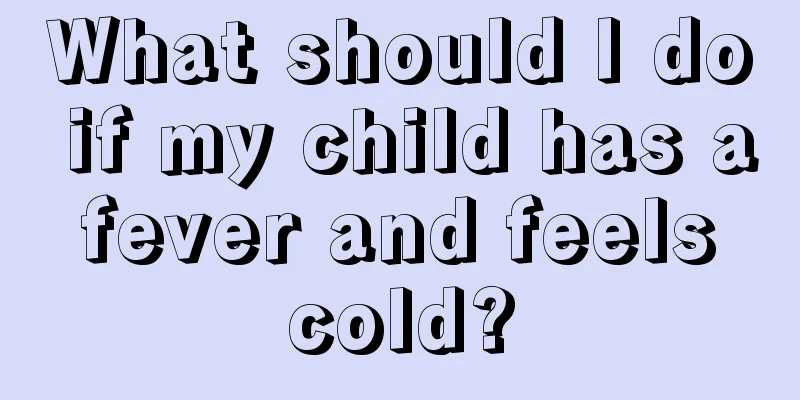
|
People will suffer from some diseases in their daily life and work to a greater or lesser extent, and children are more likely to suffer from diseases. Fever is a disease that often occurs in children. Some children will even feel cold during the fever. Many parents don’t know what to do when their children have this condition. So, what should we do if our child has a fever and feels cold? First, what should you do if your child has a fever and feels cold? First of all, don’t rush to reduce the fever, but find out the cause of the child’s fever. Fever is not a disease, it is like an alarm bell for the body, reminding you that something abnormal is happening inside the body. At the same time, fever is also a defense measure of our body against pathogenic microorganisms. To a certain extent, appropriate fever is beneficial to enhance the body's resistance and eliminate pathogens. So if the child does not have a high fever, do not rush to reduce the fever immediately, otherwise it will hide the real cause of the disease. There are many causes of fever in children. Upper respiratory tract infection, gastroenteritis, tonsillitis, pneumonia and all infectious diseases may cause fever symptoms. In addition, babies under one year old may also develop fever due to urinary tract infections, gastrointestinal diseases, and hand, foot and mouth disease. In many cases, a doctor must be consulted to find out the real cause of the fever. Second, generally speaking, bacteria and viruses are the most common sources of infection for babies. The treatment methods for fever caused by these two situations are completely different. If it is a bacterial infection, the treatment effect will be very good as long as the right antibiotics are chosen. If it is a viral infection, there is currently no specific medicine. You can take Virus Ling, Isatis Root Granules, Honeysuckle, etc. The fever caused by viral infection will subside on its own after a certain period of time. You should not try to treat the fever by all means and use all kinds of medicine at once. When your baby has a fever, don't mix medicines together. You need to weigh the pros and cons of whether to give your child antipyretic medicine. Of course, medicine can improve the child's condition and make the baby feel more comfortable; but it is also likely to bring some side effects. The World Health Organization recommends that no antipyretic drugs should be used for infants under 2 months old. In general, antipyretic medications should be used only for children with high fevers. The method and dosage of taking must be done according to the doctor's instructions. We recommend giving your child antipyretics only when the body temperature exceeds 38.5 degrees Celsius. If your child has a history of high fever convulsions, you may give him or her antipyretics when the temperature reaches 38 degrees Celsius. What should you do if your child has a fever and feels cold? Using an ice pillow or ice compress on the forehead to reduce fever is a method often adopted by many parents. However, this method is not suitable for children under six months old, because young babies are easily affected by external temperature. Using an ice pillow will cause the temperature to drop too quickly, making it difficult for the baby to adapt. In addition, when a baby has a fever, the temperature of the whole body rises. Local ice compresses can only have a local cooling effect. It is better to wipe the baby's whole body with warm water. Warm water bath means using a warm water towel at about 37°C to wipe the child's limbs, chest and back. Gradually reduce the high temperature of the skin (about 39℃) and make the baby feel more comfortable. At this time, you can also wipe your forehead and face with a slightly cooler towel (about 25°C). It should be noted that when performing these cooling treatments, if the child has so-called cold reactions such as cold hands and feet, trembling all over, purple lips, etc., stop immediately. Why? When pathogens invade the human body, the body temperature will rise to a corresponding temperature, which is the set temperature. Lowering the temperature setting is key to reducing your child's fever. Because if the set temperature does not change, the body will still produce heat to reach the target body temperature while dissipating heat. At this time, giving the child a cold bath in an attempt to reduce fever by dissipating heat is not only ineffective, but will make the child shiver and chill, which is very painful. Therefore, you must first use antipyretic drugs to lower the set temperature, and then assist with physical heat dissipation so that the body temperature can truly come down. |
<<: What should I do if my one-month-old baby has a fever?
>>: Is it normal for a child to be sleepy when having a fever?
Recommend
Children with elevated lactate dehydrogenase
High lactate dehydrogenase levels in children may...
Are there any side effects to children's motion sickness medicine?
In life, some children suffer from motion sicknes...
How should allergic rhinitis in children be treated?
Many parents are afraid to give their children ho...
How to care for children with runny nose?
Runny nose is a symptom. Many children have weak ...
Solutions for cold hands and feet in children
Because children are too young and have not yet f...
Why does my child have leg pain in the middle of the night?
Some parents always encounter the situation that ...
What should I do if my child has astigmatism?
Astigmatism is a common eye disease, characterize...
What are the methods for primary school students to lose weight?
The love of beauty knows no gender or age. With t...
What to do if a newborn baby becomes constipated after changing milk powder
Although milk powder is relatively nutritious, th...
What to do if mixed feeding causes constipation
As children develop, breastfeeding alone can no l...
What to do if your child has a persistent fever
In life, we have no way to avoid the fact that so...
Why do children keep clearing their throats?
As children grow up day by day, mothers are very ...
How to care for a newborn baby after the navel falls off
After the newborn's belly button falls off, p...
What to do if your newborn doesn't eat
The physical health of newborns is an issue that ...
Can babies take a bath when they have acute rash?
In life, we must pay attention to the physical he...
